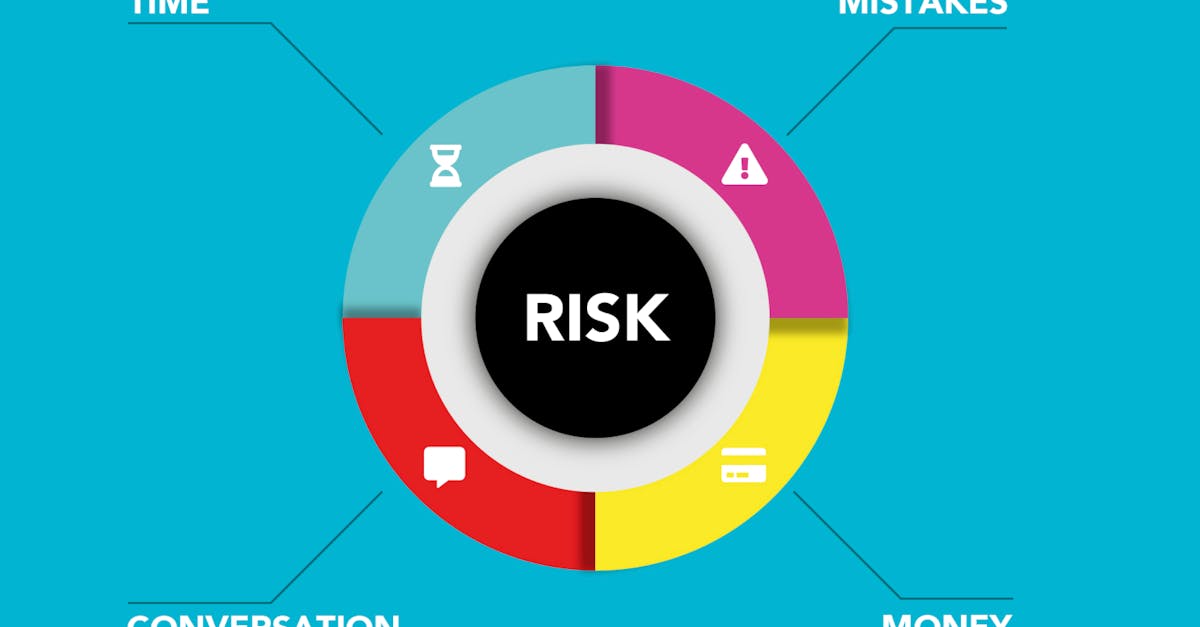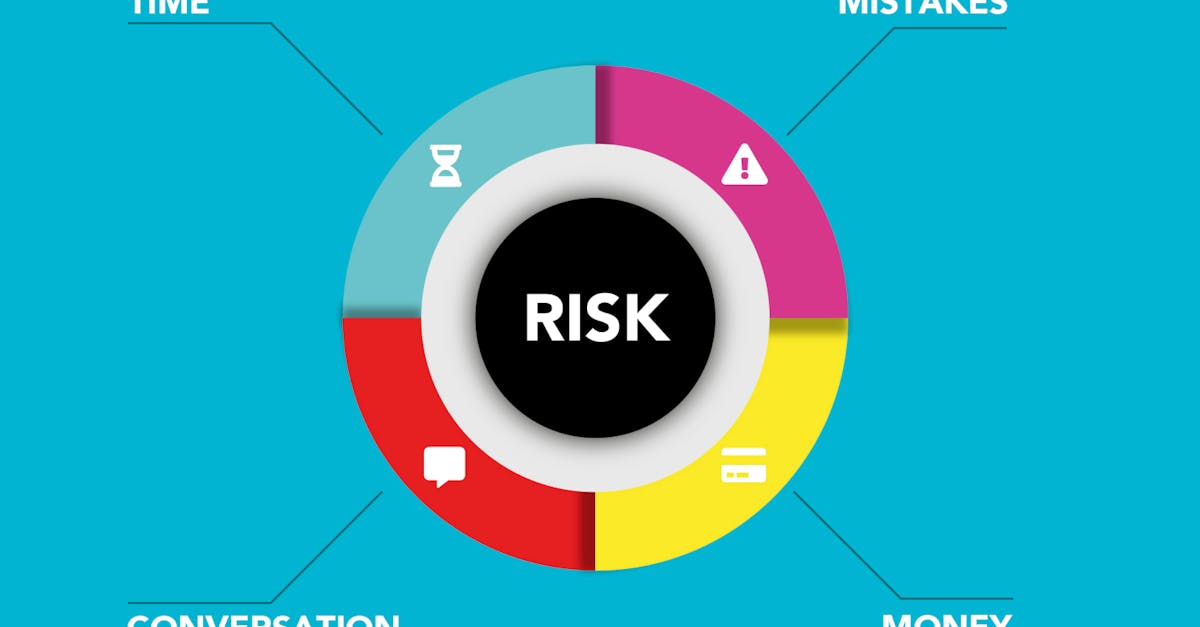Crisis PR in the Digital Age Transforming Challenges into Opportunities
Introduction
In the digital age, crises are no longer a matter of 'if' but 'when.' Brands find themselves in the spotlight more quickly than ever before thanks to the rapid dissemination of information online. This rapid pace can turn minor issues into major public relations nightmares if not handled correctly. Crisis PR has evolved to keep up with these challenges, requiring adaptability, strategic communication, and an understanding of the digital landscape. Navigating a digital crisis effectively can safeguard a brand’s reputation or even enhance it. Knowing the right tools and approaches is essential for turning crises into growth opportunities. This article delves into the dynamics of crisis PR in the digital age, offering insights on managing and mitigating potential setbacks.
Advertisement
The Evolution of Crisis PR
Crisis public relations has undergone a significant transformation with the digital revolution. Traditionally, crisis management relied heavily on press releases and media conferences to control the narrative. Today, however, social media platforms have added an entirely new dimension. Information spreads at lightning speed, often faster than a company can respond. Stakeholders demand transparency and real-time updates, pushing PR specialists to adopt new strategies to manage digital crises effectively. Moreover, the public's access to information allows consumers to shape narratives, making it vital for organizations to engage in proactive and transparent communications.

Elizabeth Lizzie/Pexels
Advertisement
Proactive Crisis Management
In the digital age, proactive crisis management is essential. By anticipating potential challenges, brands can develop crisis plans to address possible issues before they escalate. Proactive measures include comprehensive risk assessments, continual media monitoring, and crafting response strategies that involve all levels of the organization. Training employees on crisis protocols ensures everyone is equipped to act swiftly and efficiently. Being prepared also means recognizing potential crises early, thanks in large part to social listening tools that help track conversations around the brand. Quick response systems allow companies to issue statements or take corrective action before the situation spirals out of control.
Advertisement
Social Media and Reputation Management
Social media is a double-edged sword in crisis PR. While it facilitates direct communication with the audience, it can also rapidly amplify negative perceptions. Brands must strike a balance between swift responses and thoughtful communication. In a crisis, companies are advised to use their social media channels to issue timely updates, acknowledge the problem, and express empathy toward affected parties. It's critical to manage these platforms effectively, ensuring no misinformation is spread and mitigating further reputational damage. Engaging with followers positively and reassuring them of corrective measures builds trust and brand resilience.
Advertisement
Understanding the Digital Audience
Understanding the audience is crucial in the digital landscape. Today's consumers are more informed, sophisticated, and value-driven, expecting brands to act responsibly and authentically. They are more likely to align with businesses that take accountability in rectifying their wrongs transparently. Recognizing what the audience demands—whether it's sustainability, inclusivity, or ethical practices—guides brands in making amends during crises. Tailoring messages to suit these values in crisis communication not only aids in mitigating damage but also rebuilds and reinforces trust. Successful crisis PR efforts turn audiences into loyal advocates when authenticity and responsibility are evident.
Advertisement
Case Studies and Lessons Learned
Numerous case studies highlight how companies have successfully navigated digital crises to strengthen their brand image. For instance, a well-publicized data breach might provide an opportunity for companies to showcase commitment to user data protection and transparency. Airlines that addressed weather-induced delays effectively through clear communication and compensation won customers' praise. The common thread in these cases is the proactive acknowledgment of issues, a human-centered approach, and a clear outline of remedial actions. Brands that pivot their strategies to focus on listening and adapting to consumer needs during crises gain valuable insights that can enhance their operations.
Advertisement
Tools and Technologies
Technological advancements offer numerous tools for managing crises efficiently. Social media monitoring platforms such as Hootsuite and Brandwatch provide real-time insights into public sentiment, allowing PR teams to react promptly. AI-driven analytics help decipher vast amounts of data, highlighting potential crisis triggers and guiding strategic responses. Customer relationship management (CRM) systems streamline stakeholder communication, centralizing contact lists and tailoring responses. These technologies, combined with a human touch, enable timely, informed decisions. Training teams to leverage these tools effectively can be a significant competitive advantage in the realm of digital crisis management.
Advertisement
Challenges in Digital Crisis Management
Despite the advances in crisis PR, significant challenges persist. Information overload can lead to analysis paralysis, where the PR team is overwhelmed with data but unsure of the best course of action. Misinformation also poses a daunting challenge, with fake narratives potentially gaining traction faster than factual ones. The challenge lies in identifying the validity of online claims and choosing which to address. Additionally, the 24/7 nature of social media requires constant vigilance and can strain resources, necessitating thorough planning, clear delegation, and robust crisis response protocols.
Advertisement
Opportunities Through Crisis
While crises are inherently challenging, they can offer remarkable opportunities for growth and innovation. Handling a crisis adeptly enables brands to demonstrate resilience, responsibility, and empathy, potentially leaving a stronger positive impression on consumers. Emphasizing learnings and implementing positive organizational changes post-crisis leads to better-prepared defenses against future challenges. Furthermore, successfully addressing a crisis can foster deeper organizational introspection, encouraging new solutions and tighter cross-departmental collaboration. The silver lining of a well-managed crisis lies in its potential to lift a brand's stature and credibility in the eyes of a critical audience.
Advertisement
Conclusion
Crisis PR in the digital age is both intricate and evolving. Companies that adapt to the rapid flow of information and tailor their strategies to address modern consumers' expectations, stand a better chance of successfully managing digital crises. By being proactive, employing technology wisely, and maintaining open communication with stakeholders, brands can transform potentially damaging events into launching pads for growth and innovation. While challenges persist, the potential rewards of a well-handled crisis are substantial. An effectively executed digital crisis PR strategy results not only in crisis resolution but also contributes to long-term, sustainable brand loyalty and credibility.
Advertisement








